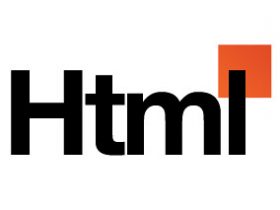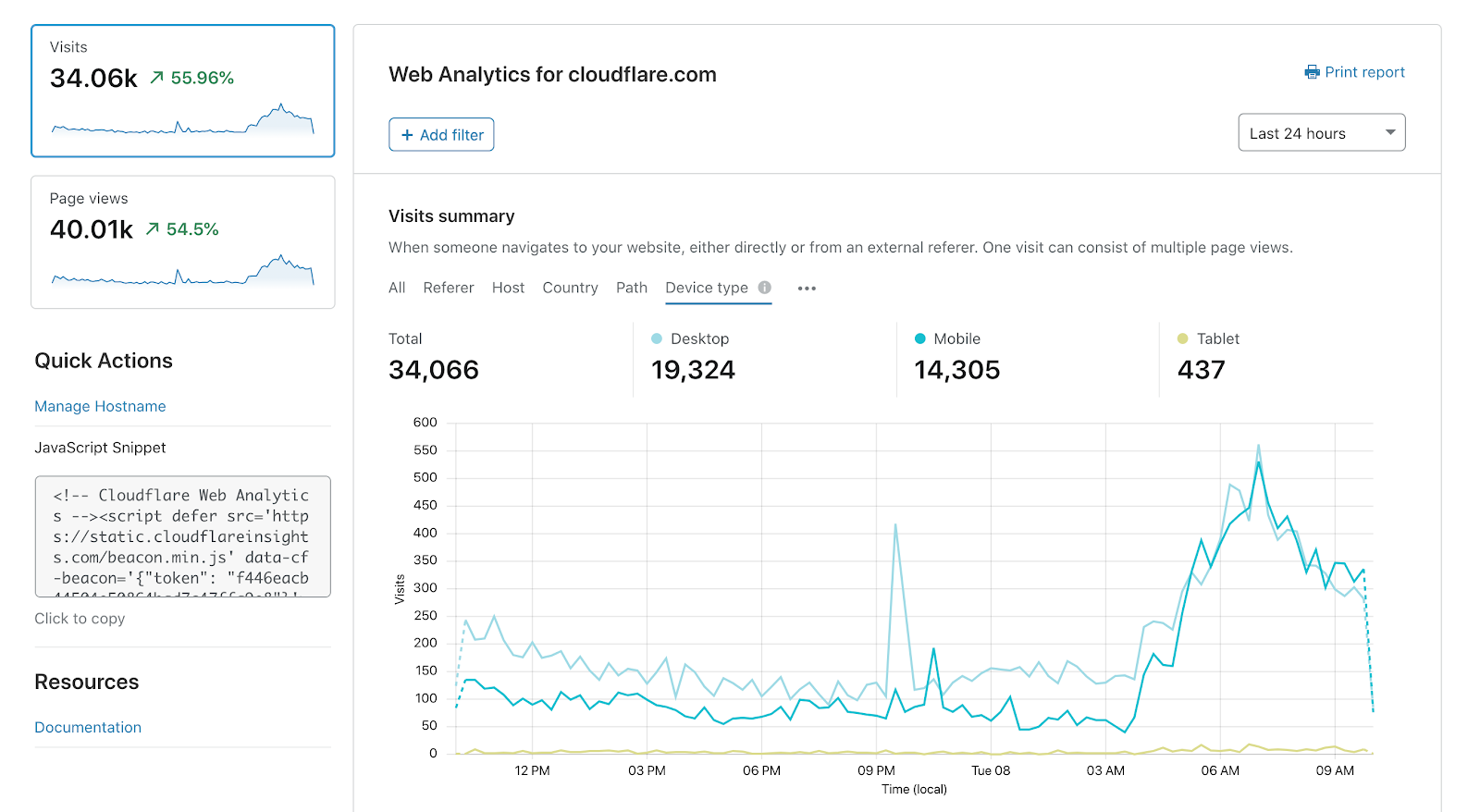The Role of SEO in Digital Marketing

Search Engine Optimization is vital to a business’s digital marketing success. SEO will increase a website’s visibility to search engines and improve its ranking. An SEO expert will analyze your site to find any weaknesses, such as a page title that’s too long, a bad layout, or a video that doesn’t display. After finding these weaknesses, they will devise strategies to make it more search engine-friendly. They will also monitor your website’s ranking and make changes to it to make it more visible to search engines. The more search engine-friendly your website is, the higher your chances are of being found.
On-page SEO
On-page SEO plays a vital role in digital marketing. In terms of conversion, higher CTR means more sales. Optimizing meta titles and descriptions can help improve your CTR. Here are three tips to improve your CTR:
First, create high-quality content. Your content should be relevant to the topic of your website. Make it fun to read and appealing to the eye. Then, optimize your page for search engines. Done properly, your content will increase your page ranking. A higher ranking in search will result in more organic traffic, which will translate to increased sales and profits. Make sure your content is relevant and ranked first before trying to optimize it in other ways. To ensure the best results for your content, you need to master four key skills:
Content is king. As long as you have good content, you can survive with any SEO strategy. In fact, good content is the one constant across all search engine algorithms. Remember to use original content. Do not copy other people’s content. This applies to articles, infographics, podcasts, videos, and more. Make sure your content is original and unique. Keep in mind that you can create a website that combines original content with the best keywords.
On-page SEO is essential for all web content. It helps search engines understand your website content. By incorporating keywords, title, description, and keywords, you can increase your website’s ranking. You can also use internal links and URLs to boost your website’s visibility. Make sure these components are relevant to the topic. If they aren’t, you’re losing potential traffic. In short, on-page SEO is critical for digital marketing success.
Off-page SEO is important as well. It’s vital to create new relationships with customers on social networks and increase brand awareness. Use social media to broadcast helpful content and establish trust with your customers. This will help differentiate you from your competitors. This will help you differentiate your website from the competition. The more content you produce, the more likely people will share it. Ultimately, this means more sales. But how does one go about implementing these strategies?
Structure of a website
A good SEO-friendly website structure includes URLs. These serve to tell search engines where the page is located. The structure of a website reflects the hierarchy of the folders. The main category or page name is placed after the root domain name. More developed sites may have many folders with more descriptive names. The key is to make a URL that is easily readable for users and crawlers. Here are some tips to optimize the structure of your website:
The structure of a website is the way the various pages of your website relate to each other. It is essential to preserve the sense of hierarchy and distinguish similar pages. There are different types of website structure, but one that is effective for SEO is the one used by Direct Line Development, a digital marketing company that specializes in SEO. It starts with the home page, which typically has a broad representation of the business.
While the structure of a website is important, the content of the site should also be optimized. SEO will help increase a website’s search traffic, which in turn will lead to prosperity. It is important to consider your audience and the content they will be looking for when optimizing the structure of your website. Make sure to include relevant keywords in your content. And always keep your URLs simple. That will help them find the information they need easily.
The matrix structure is perhaps the most commonly used type of website structure. It enables users to quickly browse large amounts of data without any parent-child relationship or navigation. A website with a matrix structure should be focused on high-intent keywords and their variations. It should be easy for users to find the information they need, and a website that includes a high number of these terms and variations is bound to benefit from good SEO.
Website structure resembles a pyramid. It has several levels of content, starting with the homepage and then moving down to categories and individual posts and pages. The primary place to navigate a website is the homepage, so make sure to include links to all cornerstone content from the homepage. In addition to ensuring the structure is SEO-friendly, you should also consider other factors. This includes the breadcrumb trail, meta tags, and contextual links.
Meta tags
When creating your website, make sure you add the right Meta tags. These tags are the foundation of SEO, and have fallen out of favor in recent years. But they remain an important component of digital marketing. Here are some tips to create and optimize meta tags. Make sure they accurately reflect the content of your site. Don’t overdo it by stuffing your meta tags with irrelevant keywords. Using the wrong keywords will only hurt your site’s ranking in search engines. Today’s internet users are savvy and value good content, so it is crucial to add the right keywords.
Make sure your Meta description is succinct, containing only the most important keywords and phrases. Avoid keyword stuffing, and make sure it’s short and to the point. You can include a unique proposition and hints about what the page contains. If you want to make your meta description more exciting and unique, try a couple of techniques. You can use specific keywords to make it look more professional and attractive.
Remember that there are hundreds of different types of meta tags, and Google only recognizes a few main ones. While keywords are still useful, they are also easily abused. Don’t forget to include synonyms as well as your main keyword. Then, follow Google’s guidelines for using meta tags in your SEO campaign. Once you’ve done that, you’ll have no problem achieving your desired ranking. But first, you’ve got to write your meta tags.
Another important thing to remember is that your meta tag must be relevant to the content of the page. For example, the robots attribute tells search engines whether or not to index your page. Alternatively, you can also write “nofollow” or “noindex,” which will remove your website from the search engine index. The noindex and nofollow tags will remove your site from the search engine’s index. If you’ve made sure your page’s meta tags are relevant to your content, they will make it more likely to appear in search results.
Another crucial meta tag is the meta description. It’s a summary of the page, usually around 155 to 160 characters, that appears below the title of your page in search engine results. The meta description does not affect your SEO ranking directly, but it is still important for attracting more visitors to your website. So, don’t ignore it unless you’re sure your meta description is optimized for SEO. These two tags are an essential component of effective on-page SEO.
Impact of social media on SEO
If you’re a digital marketer, you’re probably wondering how social media can impact SEO. The short answer is that social media does affect SEO indirectly, but it can also have positive effects on site traffic and rankings. If you can maximize the use of social media to drive traffic, you’ll be well on your way to better website rankings. But how do you make the most of social media to improve your SEO?
One of the most important things you can do to improve your SEO on social platforms is to engage in discussions. This is essential in building an engaged community and creating stronger bonds with your followers. By engaging in conversations with your followers on social media, you’ll be able to gain authority and deliver value. For example, when your company posts new information, news sites will likely feature it and share it on their social media channels. This will help you increase your website traffic and click-through rates.
The goal of search engine optimization is to make your content as visible as possible. Social media helps achieve this goal by putting your content in front of as many people as possible. Search engines can only find your content based on keywords, so putting it in front of people who would never even consider “Googling” it can dramatically improve your search engine rankings. But what’s the best way to optimize your site for social media?
The most effective way to increase your website’s visibility is to create an active and robust social media presence. Research has shown that the more active and robust your social media presence is, the higher your ranking on search engines. And social media is becoming an integral part of digital marketing – a successful social media strategy will complement your SEO campaign. The best way to optimize social media is to combine it with content marketing to achieve the best results.
Social media can also boost brand awareness, as your website will appear more often in search results if you use your social media accounts. By posting posts and interacting with your audience on social media, you can help improve your brand’s reputation as a trustworthy and reputable source of information. Additionally, you will attract more visitors to your website by increasing traffic through the increased brand awareness. And all of these benefits will lead to a higher ranking on search engines.





Leave a Reply